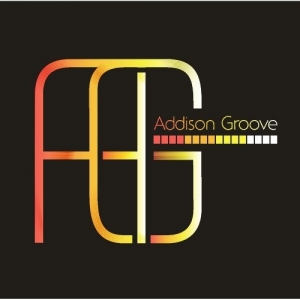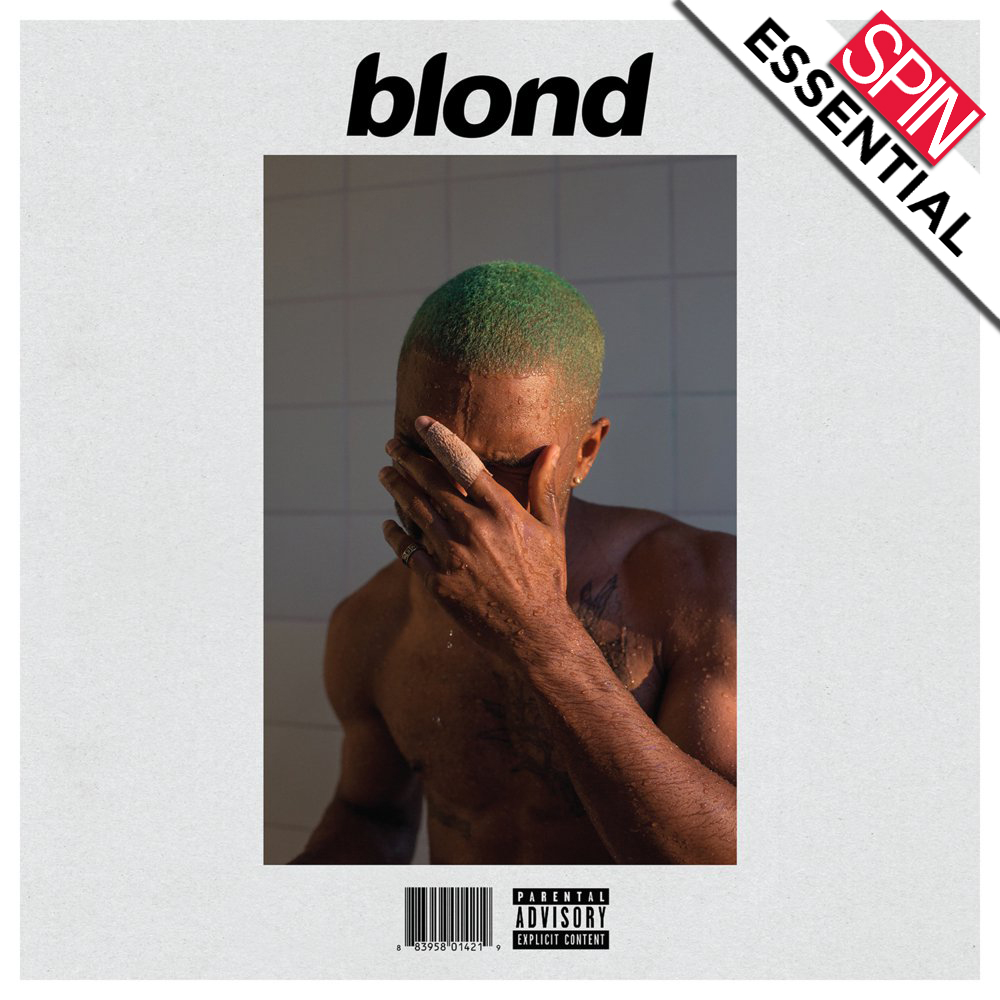Release Date: April 03, 2012
Label: 50 Weapons
Antony Williams’ debut album, released in 2008 under his alias Headhunter, was titled Nomad for the simple reason that he recorded it on the road, in hotel rooms and friends’ apartments, in between DJ gigs. But the title also revealed the essentially peripatetic aspect of his musical personality. Headhunter’s cavernous low end and nimble rhythms established him as a dubstep musician, but that was really just one stop on an extended sojourn through electronic dance music’s various, ever-shifting republics. His passport bears the stamps of drum and bass, psy-trance and grime; since 2009, operating under the alias Addison Groove, he has been an unofficial ambassador for juke, a raw, hyper-syncopated style of house music that originated in Chicago’s South and West Sides.
Addison Groove began as a side project, but Williams’ juke-inspired productions quickly eclipsed his earlier work, and not just because juke and its sibling subgenre, footwork, are enjoying their moment in the sun. (Thanks especially to the efforts of London’s Planet Mu label, which has spotlighted juke and footwork insiders like DJ Spinn, Rashad, and Traxman.) Addison singles like “Make Um Bounce,” “It’s Got Me,” and particularly “Footcrab” — which helped open the bass music scene to juke and footwork’s rapid-fire vocal shots and Muhammad Ali percussion (floats like a butterfly, stings like a bee) — are colorful and vivacious in a way that even Headhunter’s most fleet-footed dubstep productions generally haven’t been. Now, his new album confirms the extent to which Williams has found his voice as Addison Groove, truly settling into a style of his own.
Transistor Rhythm covers quite a bit of ground. “Savage Henry” is a whooping call-to-arms that pits the jazzy chords of Detroit techno against moombahton’s slow-motion lope. “Skylight” suggests the spacious, bass-heavy house of the Dirtybird and Night Slugs labels, while “Sooperlooper” indulges in the cheeky lasers of “dirty Dutch” stadium rave. (Of all the tracks here, it comes closest to the insouciant spirit of Modeselektor, whose 50 Weapons label is putting out the album.) “Dance of the Women,” featuring Africa Hitech’s Mark Pritchard, cobbles together footwork, drum and bass, and a snatch of African chant; its blaring sirens and clattering rhythms sound like a 22nd Century version of Ghana’s por por music, a jubilant, jury-rigged style played on honk horns and tire rims.
At its heart, this is a party record — but what a fucked-up party, where the punch is spiked with speed and syrup. The bulk of the tracks hone in on stylizations of various juke tropes, but this isn’t, strictly speaking, a juke record. Williams cribs plenty of tactics from Chicago, like crazily rebounding drum fills and relentless, staccato samples. But most of Transistor Rhythm is a good deal slower than actual juke music, reflecting his grounding in the dubstep scene. (Indeed, Williams has said that he made “Footcrab” as a way of transitioning between dubstep and juke in his own DJ sets, setting its tempo precisely between the two genres.) The rhythms lean closer to house and electro than to footwork’s bewildering, breakneck cadences, emphasizing rolling groove over rupture.
But more than anything, what stands out is Addison Groove’s sense of polish. Where Chicago’s juke and footwork tracks are unrepentantly raw, oddly pieced together and caked in YouTube grit, tracks like “Night to Remember” and “Skylight” emphasize crystalline drum sounds and airy pads; the dazzling “Entropy” could work as the soundtrack to a Claritin commercial, although its jittery pace might also remind viewers of pseudoephedrine’s speedier, seedier connotations.
As with Nomad, the title Transistor Rhythm has a not-so-hidden meaning. It comes from the “TR” in Roland’s TR-808, the iconic drum machine that provides the backbone for old-school electro, Miami bass, juke, ghetto tech, and similar styles. (An image of the device adorns the album’s back cover.) This is as much a love letter to the 808 as it is to juke: The machine’s trademark sound, with its booming kicks and misty hi-hats, outlines the music’s dimensions, while everything else is just tone color, secondary to the 808’s core palette. That it’s a famously limited instrument is part of the rhythm box’s appeal — it forces producers to step up their game if they want to stand out. And as the tempo speeds up, Williams digs into the polyrhythmic possibilities afforded by the 808’s step sequencer. He wrings the maximum punch out of its circuits, too, with kick drums and low toms that leave you feeling hollow inside. It’s a deft, sophisticated record, but it never sacrifices raw power for panache: for down-and-dirty ghetto-house, you could do worse than the shadow-boxing “Beeps,” with Spank Rock’s stuttering chants of “Fuck / Fuck / Fuck you, bitch!”
With 13 tracks recycling beats and themes, Transistor Rhythm does tend to blur together, all those chopped-up voices and tumbling drums piling up like M&Ms on an overflowing ice cream sundae. But that’s what’s great about it: Its disorienting aspects actually make it a compelling full-length experience, locking you into a maze of drum and echo. It’s true that there’s nothing quite on a par with “Footcrab.” “Rudeboy” comes closest, with its rumbling toms and insistent vocal loop; it’s actually a more accomplished track — fuller, weirder, maybe even better — but it somehow lacks the declarative urgency that made “Footcrab” feel so immediate. Then again, that might also be a question of context: “Footcrab” was a rallying cry precisely when one was needed and now, having established the blunt framework of his hybrid sound, Williams is free to move into more nuanced zones.
The album’s final tracks, meanwhile, stray the furthest from the club, but they also come closest to the floating-in-thin-air feel of footwork at its most experimental — particularly “Incredibly Exhausted Bunny Ears,” which festoons a cracking 808 groove with dissonant guitars that sound like Daydream Nation-era Sonic Youth. It’s a reminder that Williams is at his best when he’s wandering the musical steppes, trading influences like pieces of shell and bone — and it’s a promising sign of where this nomad might venture next.





